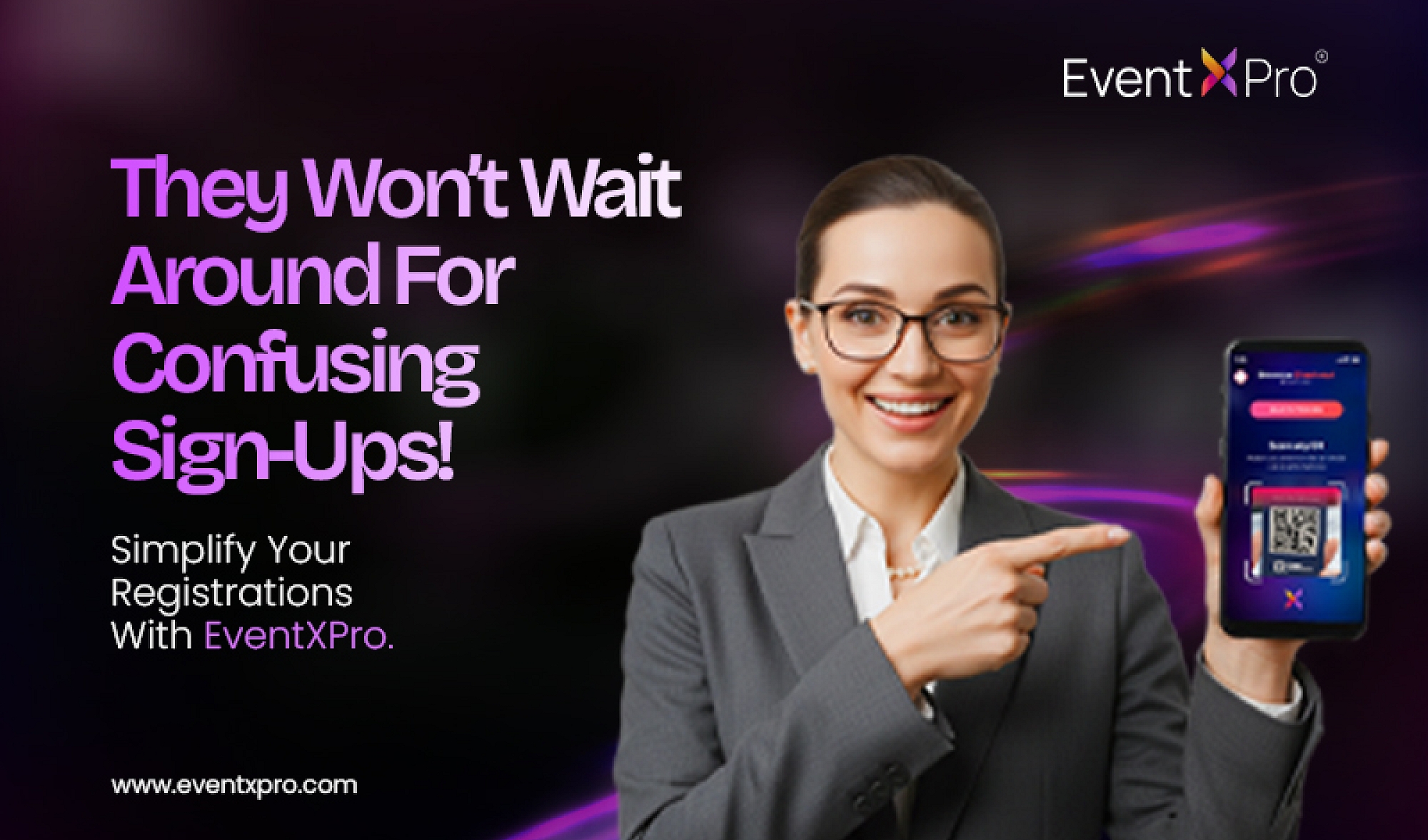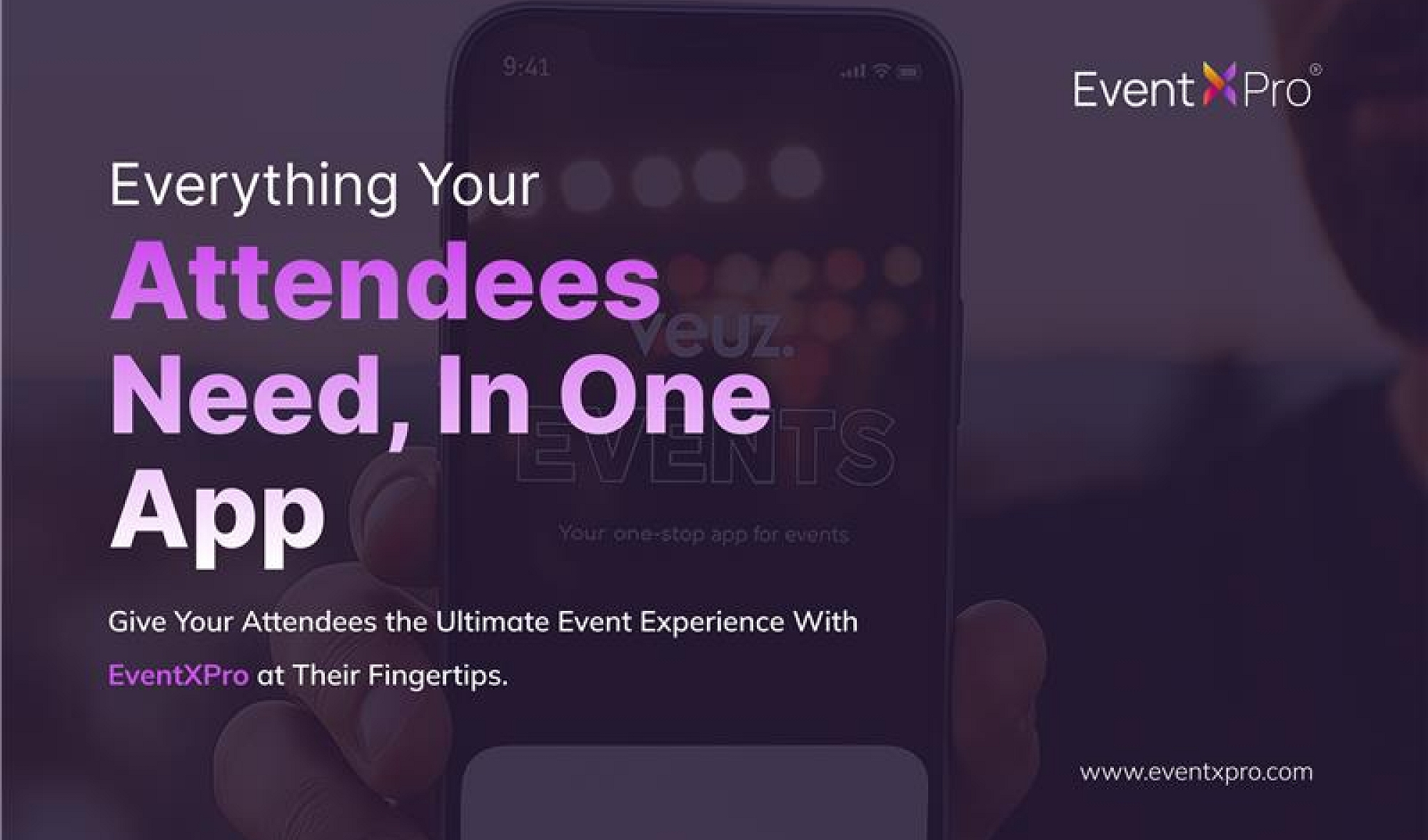Virtual events thrive on a precisely planned check list and an excellent execution. For businesses, brands and organisations, hosting a virtual event can open them up to better opportunities that will enable them to engage with a wider global audience without having to go through all the constraints of a physical venue. However, pulling off an engaging and well appreciable virtual event that are in terms with your audience, requires the presence of a reliable virtual event solution, and a well-structured approach.
Whether you're organizing a webinar, conference, or product launch, this step-by-step checklist will ensure your event runs smoothly and leaves a lasting impression.
Is Virtual Events Checklist a Necessity?
Planning a successful and effortless online event can really be stressful especially without the benefits of a structured plan. A virtual events checklist is one of the most important tools that assists you to keep your planning in order by ensuring you with minimised errors and increased overall impact of your event. Have a look at these reasons why it is a must have in an event management plan:
- Diligent Preparation – Assists in encompassing all the vital details, from tech checks to reminders for attendees, so that it is ensured nothing is overlooked.
- Improved Time Management – Enables you to remain organized, delegate tasks, and meet deadlines without last-minute panics.
- Improved Attendee Engagement – Guarantees an enhanced event experience, from registration to live engagement and follow-up.
- Problem Prevention – Recognizes the potential issues that may arise like technical problems, so you are able to have alternative plans in place.
- Performance Tracking – Offers a clear method of measuring success and improving subsequent events.
By following a checklist, you are able to run a smooth, professional event that makes a lasting impression.
Step 1: Define Your Goals and Audience
One of the first questions to answer yourself is to know how good of an event is it going to be -with the strategy that you have built. Knowing your purpose will help you to guide everything from the topics you cover to the tech you use. Are you looking to attract potential customers, share valuable knowledge, or create meaningful connections? Keep your goals in focus.
Next, identify your target audience, because a well-defined audience can help you to ensure that your message resonates with them and increases engagement.
Step 2: Choose the Right Virtual Event Platform
The right platform is essential to keep your audience engaged. Make sure to really think about the features that would keep your audience attentive. Is it through live polls, with virtual lounges where attendees can network naturally- ensure you choose it according to your goals. Different tools serve different purposes- such as Zoom Webinars works great for interactive Q&As, Hopin handles large conferences with multiple stages, and Microsoft Teams fits corporate settings seamlessly. The key is to match the platform’s strengths with your event’s goals, size, and level of interaction. Otherwise, you might end up fighting tech limitations instead of focusing on delivering a great experience.
Step 3: Plan Engaging Content
Keeping virtual attendees engaged is tough because audiences attention fades fast. The right mix of dynamic keynotes from industry leaders, live Q&As, and real-time polls to hold interest. Pro tip here is to pre-record polished segments to avoid tech hiccups, but keep live interactions for energy. Balance is key to a smooth, engaging experience.
Step 4: Promote Your Event Strategically
Even the best virtual event platform won’t matter if no one attends. Use a mix of:
Email marketing (targeted invites)
Social media campaigns (LinkedIn, Twitter, Facebook)
Paid ads (Google Ads, Meta)
Leverage early-bird discounts or exclusive content to drive registrations.
Step 5: Test Technology in Advance
Nothing derails a virtual event faster than tech failures. Prevent disasters by testing everything early run rehearsals with speakers, check internet stability, and verify mic/camera quality. Confirm your platform integrates with registration tools and assign a tech moderator to fix issues live.
Step 6: Networking, Execution & Follow-Up
Virtual events lack organic networking, so use breakout rooms, AI matchmaking, and discussion channels to connect attendees. On event day, start on time, encourage interaction, and have backup content ready. Afterward, send thank-Yous, recordings, surveys, and offers feedback improves future events while keeping engagement high.
A successful virtual event hinges on preparation, the right virtual event platform, and engaging execution. By following this checklist, you’ll not only host events that are effortless but also maximize the attendee satisfaction and ROI. Ready to take your virtual events to the next level? Invest in a robust virtual conference software and start planning today!




Write a Comment